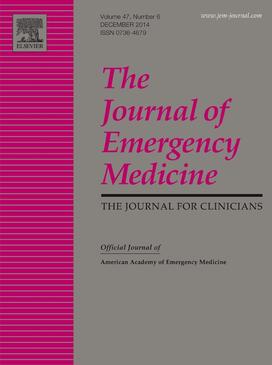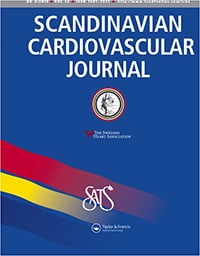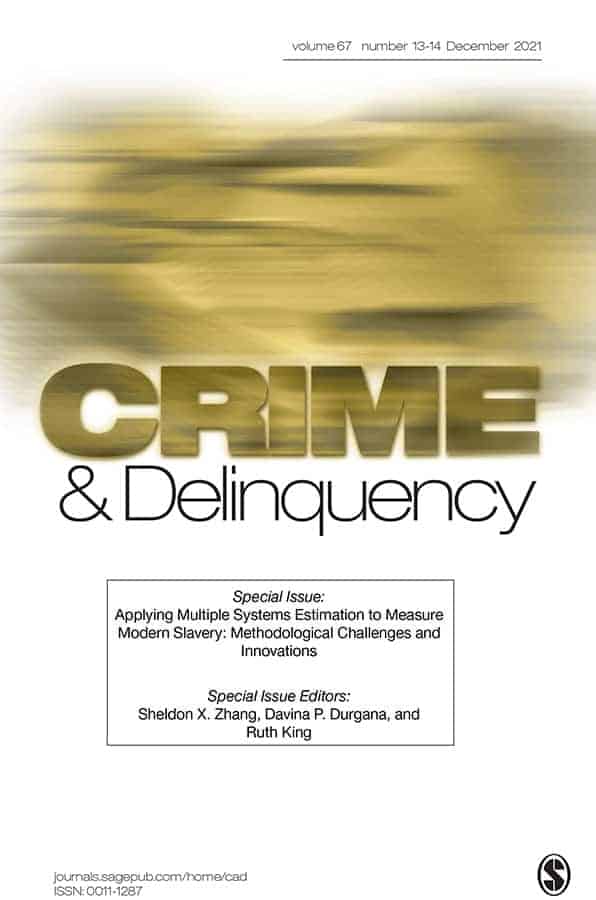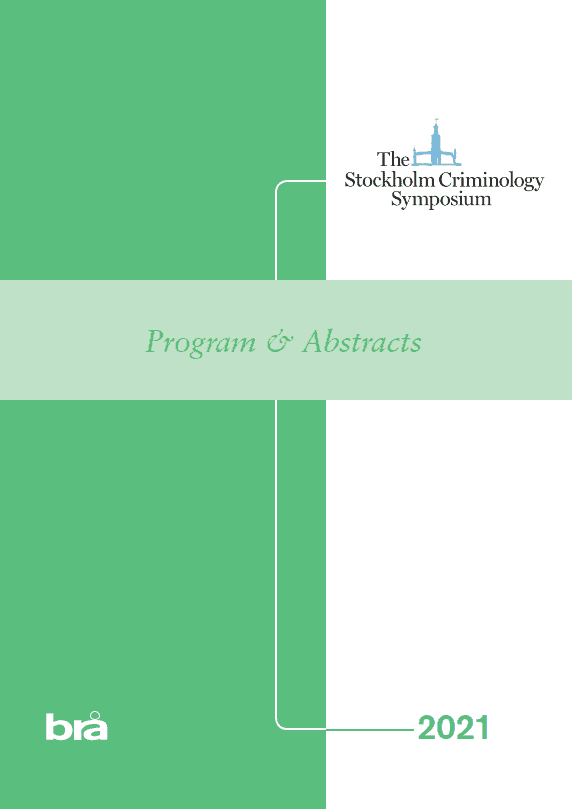Increasing rates of firearm violence in Sweden: a challenge for the emergency care
Sweden is often associated with democracy, freedom and a generous social welfare system. The backside is though unknown for many. The last decade, Sweden has witnessed a significant increase in firearm-related violence, why also an increase in the rate of deadly violence has been seen.

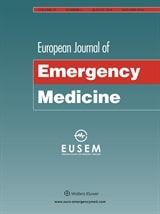
![Medical Intelligence – Sub-report 1 [Swedish]](https://ardavan.se/wp-content/uploads/2021/12/fm_vanster_farg.jpg)
